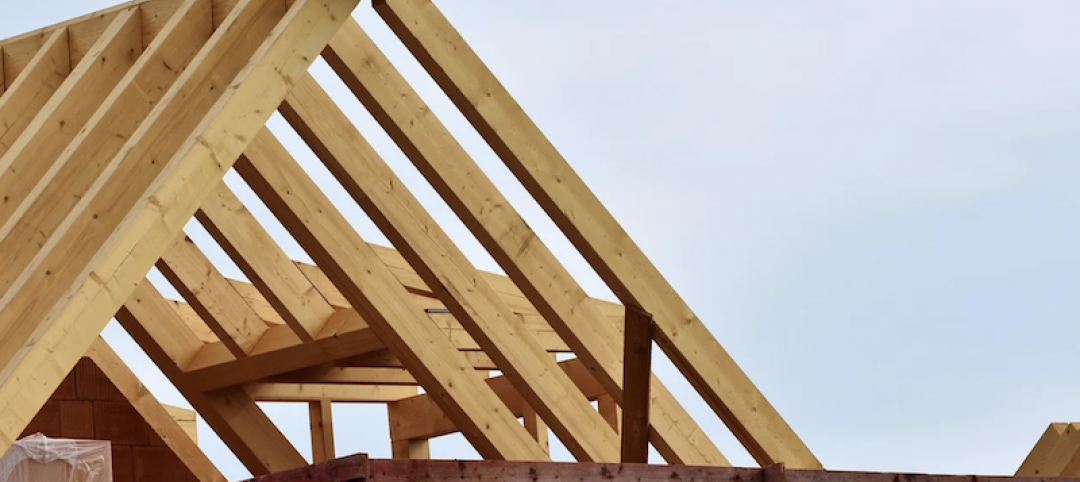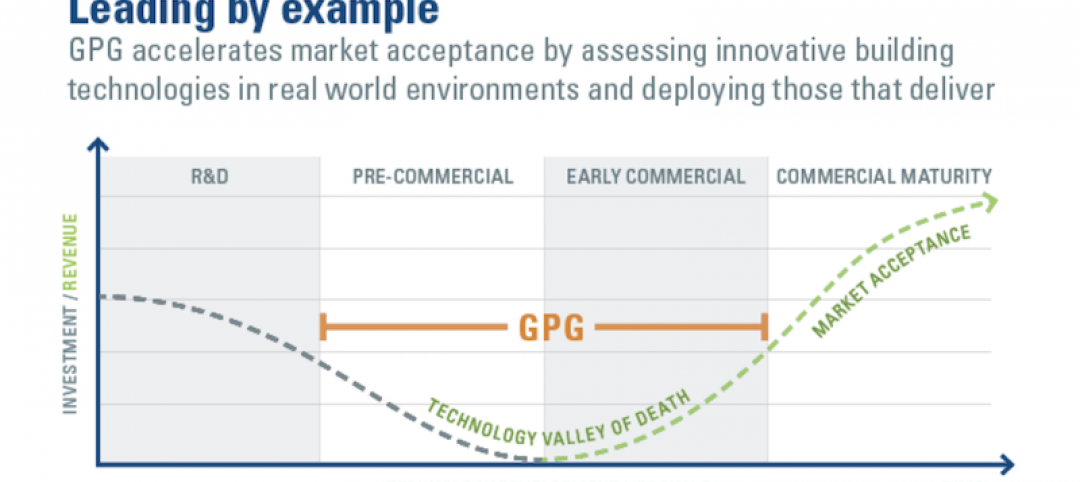Architect Butch Grimes, who examined the wreckage after a half-mile tornado struck Tuscaloosa, Ala., believes toughening building codes can reduce damage from twisters.
“The damage we had on the edges [of the tornado] could have been avoided with simple construction techniques,” Grimes told Scientific American.
The strongest hurricane winds on the coast can reach 180 mph, while the strongest tornadoes, category EF-5, have wind speeds of 200 to 250 mph. Tornadoes that strong are rare, with more common lower-category EF-2 or EF-3 tornadoes having wind speeds in the 100- to 150-mph range. The lower wind speeds, around hurricane strength, are most common on the edge of tornadoes.
“It’s probably not practical to design for EF-5 damage,” Grimes said. Weaker storms, however, can and should be designed for as coastal areas have been doing for years, he said.
Hurricane clips are one potential quick fix. In Alabama, the clips are required for buildings built within 5 miles of the Gulf of Mexico but remain optional farther inland. Reinforced windows could be another effective measure.
(http://www.scientificamerican.com/article/tornado-survival-could-improve-with-better-building-codes/)
Related Stories
Codes and Standards | Dec 28, 2020
CSI and ASTM standards can now be connected through a central location
CROSSWALK web service accesses standards specific to projects from feasibility to turnover.
Codes and Standards | Dec 28, 2020
Dept. of Energy offers Better Buildings Field Validation Results Hub
One-stop-shop for information associated with technology validations in buildings.
Codes and Standards | Dec 28, 2020
2021 Defense Authorization Act includes mass timber provision
Directs defense, agriculture secretaries to review potential for wood frame construction on defense building projects.
Codes and Standards | Dec 28, 2020
New York City proposal would require rainwater detention tanks for new development
Rule would apply to projects on lots sized 20,000 sf or larger.
Codes and Standards | Dec 17, 2020
Energy efficiency as a service gaining ground as financing approach for adopting innovations
Building owners can invest in new technology with no upfront cost.
Codes and Standards | Dec 16, 2020
Resources available to address Legionella threat
Buildings reopened after extended pandemic closure are at risk.
Codes and Standards | Dec 16, 2020
New Specifications for Concrete Construction reference manual released
Scope expanded to include shotcrete, internal curing, mineral fillers, and recycled concrete aggregates.
Codes and Standards | Dec 15, 2020
Despite COVID-19 population flight, don’t write off big cities yet
Lure of urban life and jobs may draw people back after pandemic subsides.
Codes and Standards | Dec 10, 2020
Test method for vertical fenestration installation procedures updated
FGIA issues first update for document created in 2005.
Codes and Standards | Dec 10, 2020
Updated EPDs for Polyiso Roof and Wall Insulation; EPD for Polyiso High-Density Cover Boards published
Cover Boards EPD is an industry first.

















